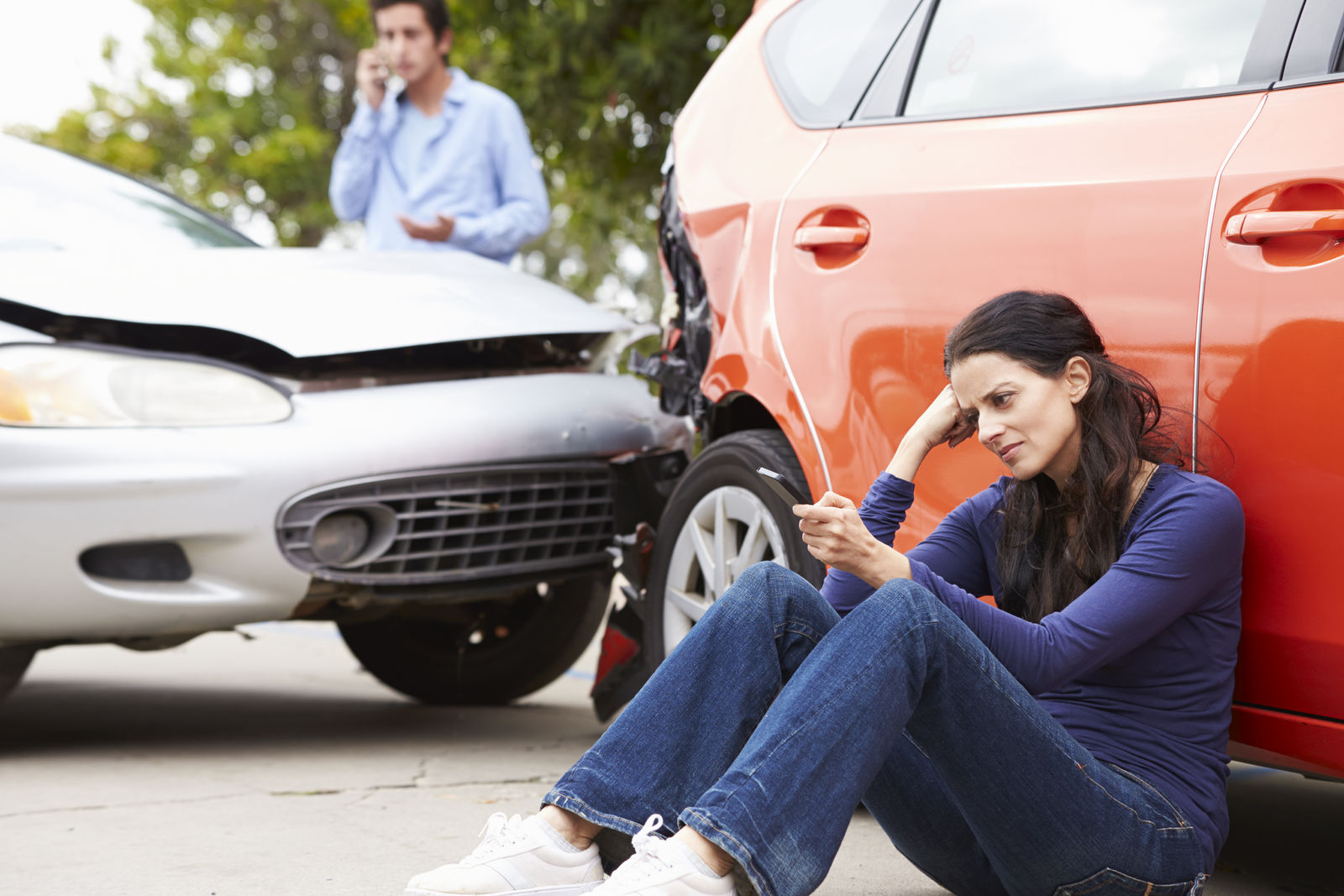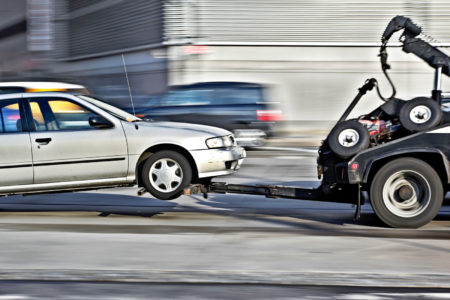Who is at fault in a car accident?

Free Car Insurance Comparison
Compare Quotes From Top Companies and Save
Secured with SHA-256 Encryption
Brad Larson
Licensed Insurance Agent
Brad Larson has been in the insurance industry for over 16 years. He specializes in helping clients navigate the claims process, with a particular emphasis on coverage analysis. He received his bachelor’s degree from the University of Utah in Political Science. He also holds an Associate in Claims (AIC) and Associate in General Insurance (AINS) designations, as well as a Utah Property and Casual...
Licensed Insurance Agent
UPDATED: Jan 5, 2024
It’s all about you. We want to help you make the right coverage choices.
Advertiser Disclosure: We strive to help you make confident car insurance decisions. Comparison shopping should be easy. We are not affiliated with any one car insurance provider and cannot guarantee quotes from any single provider. Our partnerships don’t influence our content. Our opinions are our own. To compare quotes from many different companies please enter your ZIP code on this page to use the free quote tool. The more quotes you compare, the more chances to save.
Editorial Guidelines: We are a free online resource for anyone interested in learning more about car insurance. Our goal is to be an objective, third-party resource for everything car insurance-related. We update our site regularly, and all content is reviewed by car insurance experts.
UPDATED: Jan 5, 2024
It’s all about you. We want to help you make the right coverage choices.
Advertiser Disclosure: We strive to help you make confident car insurance decisions. Comparison shopping should be easy. We are not affiliated with any one car insurance provider and cannot guarantee quotes from any single provider. Our partnerships don’t influence our content. Our opinions are our own. To compare quotes from many different companies please enter your ZIP code on this page to use the free quote tool. The more quotes you compare, the more chances to save.
On This Page
- Determining who is at fault for a car accident can be difficult
- Even if you are sure you are in the right, it could turn out that you caused the accident
- Make sure you have the right type of coverage, so you’re protected no matter what
Determining who is at fault in a car accident is one of the biggest issues when someone is filing a claim against another person. The toughest predicament is that car insurance companies are not present when the accident occurred.
Because of this, they can never determine themselves whether the claim puts the correct person at fault. At times, the police officer at the scene of the accident may falsely accuse one person, based on the damage and stories of the people involved.
Where the damage appears on the vehicle, and how a person reacts, can sometimes identify the person who is at fault during the car accident. However, the person who is at fault in an accident is classified as the one who caused the accident due to their carelessness or accidental driving.
The person who is reported at fault in the accident will then often have a claim filed against them their insurance company will be obligated to pay for damages.
Ready to compare car insurance quotes? Enter your zip code above to get started for FREE!
What is comparative negligence?
Comparative negligence is identified when the person who may be slightly at fault for an accident, was also injured in the accident. In some cases, the accident may be caused by both parties.
There could be fewer consequences for the party who was injured either seriously or barely in the accident.
If two people are involved in an auto accident where one person was at fault for hitting another car that didn’t have working brake lights, the driver of the car with broken brake lights is partially at fault for the accidental collision.
Because the driver with broken headlights was slightly at fault for the accident and was injured, they do not have to pay for anything from their injuries or potential losses in the event of this occurrence.
However, some states still require the individual to be responsible for their damages if they are inflicting the comparative negligence rule if the individual was at fault.
If the parties were at mutual fault or police on the scene agreed that it was a mutual fault, the claim and damages would be split between the parties through the decision of the insurance companies.
Compare quotes from the top car insurance companies and save! Secured with SHA-256 Encryption
FREE Car Insurance Comparison
Compare quotes from the top car insurance companies and save!
Secured with SHA-256 Encryption
What are the variations of faults for a car accident?
There are different variations of comparative faults that may be identified by the insurance company.
The three variations include:
- Completely at fault
- More than half at fault
- Less than half at fault
Completely at fault is the type of fault that was explained at the beginning of this article. If a person is injured in the accident but is somewhat at fault for the accident as well, then the number of damages they are responsible for depending on the severity of the fault they were assigned.
For example, if a person was involved in an accident in which they are at fault for 20 percent and they received damages in $10,000 for the accident, the person would not have to cover any of the damages because they were only at fault for 20 percent of the accident.
However, if they were at 80 percent fault for the same accident, they would have to cover $2,000 in the damages, even though the damages added up to $10,000.
If a person is speeding and hits another driver who pulled out of a parking lot too early, even if the person who pulled out of the parking lot is slightly at fault.
The insurance company will usually decide that the speeding car is more at fault. In this case, the speeding car, even though the driver suffered broken ribs from the accident, is not liable to recover damages from the accident.
Less than half at fault describes when a person is injured in an accident and they are less than half at fault, they may be considered for compensation. If the person is more than half at fault, they will not automatically recover injury damages.
How does a car insurance company decide on a claim?
Car insurance companies may decide on the truth of the claim based on the two stories of the parties and the actual police report.
Although many people may not be truthful when filing for an auto accident claim, they can be caught in a lie if there is a police report to back up the situation.
In some cases, a person who lies about the accident and the person at fault can be charged with insurance fraud and find themselves in a bigger mess than the actual auto accident.
Don’t wait until you’re involved in an accident to compare insurance quotes! Enter your zip code below to get started and start comparing quotes for FREE!
FREE Car Insurance Comparison
Compare quotes from the top car insurance companies and save!
Secured with SHA-256 Encryption
Brad Larson
Licensed Insurance Agent
Brad Larson has been in the insurance industry for over 16 years. He specializes in helping clients navigate the claims process, with a particular emphasis on coverage analysis. He received his bachelor’s degree from the University of Utah in Political Science. He also holds an Associate in Claims (AIC) and Associate in General Insurance (AINS) designations, as well as a Utah Property and Casual...
Licensed Insurance Agent
Editorial Guidelines: We are a free online resource for anyone interested in learning more about car insurance. Our goal is to be an objective, third-party resource for everything car insurance-related. We update our site regularly, and all content is reviewed by car insurance experts.

